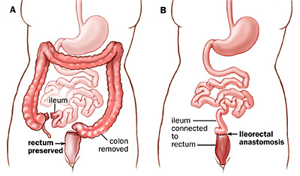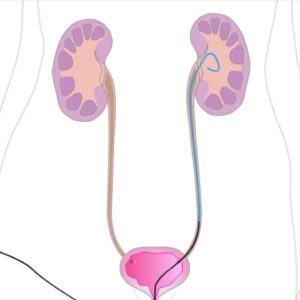Description
Familiarity with Treatment
Traditional tonsillectomy is a surgical procedure that involves the complete removal of both tonsils. The tonsils are oval-shaped pads of tissue located at the back of the throat. Tonsillectomy was once a common procedure to treat infection and inflammation of the tonsils (tonsillitis). Today, it is usually performed for sleep-disordered breathing but may still be a treatment when tonsillitis occurs frequently or doesn’t respond to other treatments. It may also be necessary to treat breathing and other problems related to enlarged tonsils and to treat rare diseases of the tonsils.
Procedure
During a traditional tonsillectomy, the surgeon removes both tonsils through an incision made in the front of the neck. The procedure is typically performed under general anesthesia. Surgeons use various methods to perform tonsillectomies, and the procedure usually takes about 20 to 30 minutes to complete.
Who is it Suitable For?
Traditional tonsillectomy is suitable for individuals with recurring, chronic, or severe tonsillitis, complications of enlarged tonsils, bleeding of the tonsils, and other rare diseases of the tonsils. The decision to perform a tonsillectomy is based on the specific condition, the frequency and severity of tonsillitis, and the recommendations of the healthcare provider.
Who is it Not Suitable For?
Traditional tonsillectomy may not be suitable for individuals with certain medical conditions or those who have contraindications to general anesthesia. The healthcare provider will evaluate the individual’s overall health and determine the most appropriate treatment option.
Advantages
- Treatment of Tonsillitis: Traditional tonsillectomy effectively treats recurring, chronic, or severe tonsillitis that does not respond to other treatments.
- Resolution of Complications: By removing the tonsils, traditional tonsillectomy can address complications associated with enlarged tonsils, such as difficulty breathing or swallowing.
- Management of Rare Diseases: Traditional tonsillectomy may be necessary to treat rare diseases of the tonsils.
Complications
- Bleeding: Bleeding is a potential complication of tonsillectomy. However, complications are rare, and the risk can be minimized with proper surgical technique and postoperative care.
- Infection: Infection at the surgical site is a potential complication, although it is rare.
- Anesthetic Risks: General anesthesia carries its own risks, which will be assessed and managed by the healthcare team.
Preoperative Care
Preoperative care for traditional tonsillectomy involves a routine checkup to ensure the individual is healthy enough for surgery. Blood tests may be requested, and the healthcare provider will provide detailed preoperative instructions that should be followed closely.
Postoperative Care
Postoperative care for traditional tonsillectomy includes monitoring for any signs of complications, such as bleeding or infection. The individual will be transferred to a recovery area where vital signs will be checked. Traditional tonsillectomy is usually an outpatient procedure, and the individual can go home on the same day. Recovery time is typically at least 10 days to two weeks. Postoperative care instructions will be provided, and any necessary follow-up appointments should be attended.







Reviews
There are no reviews yet.